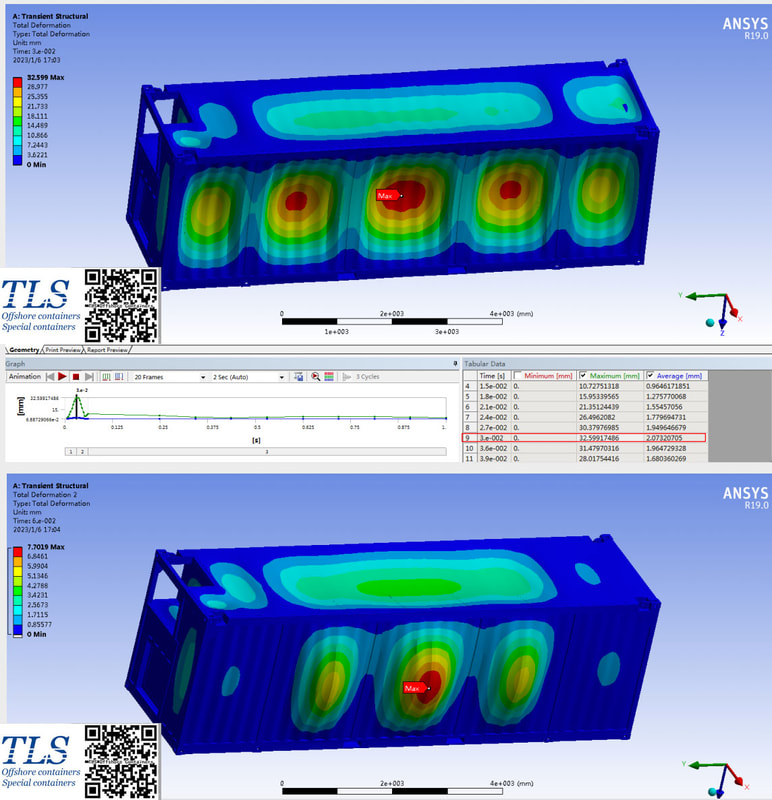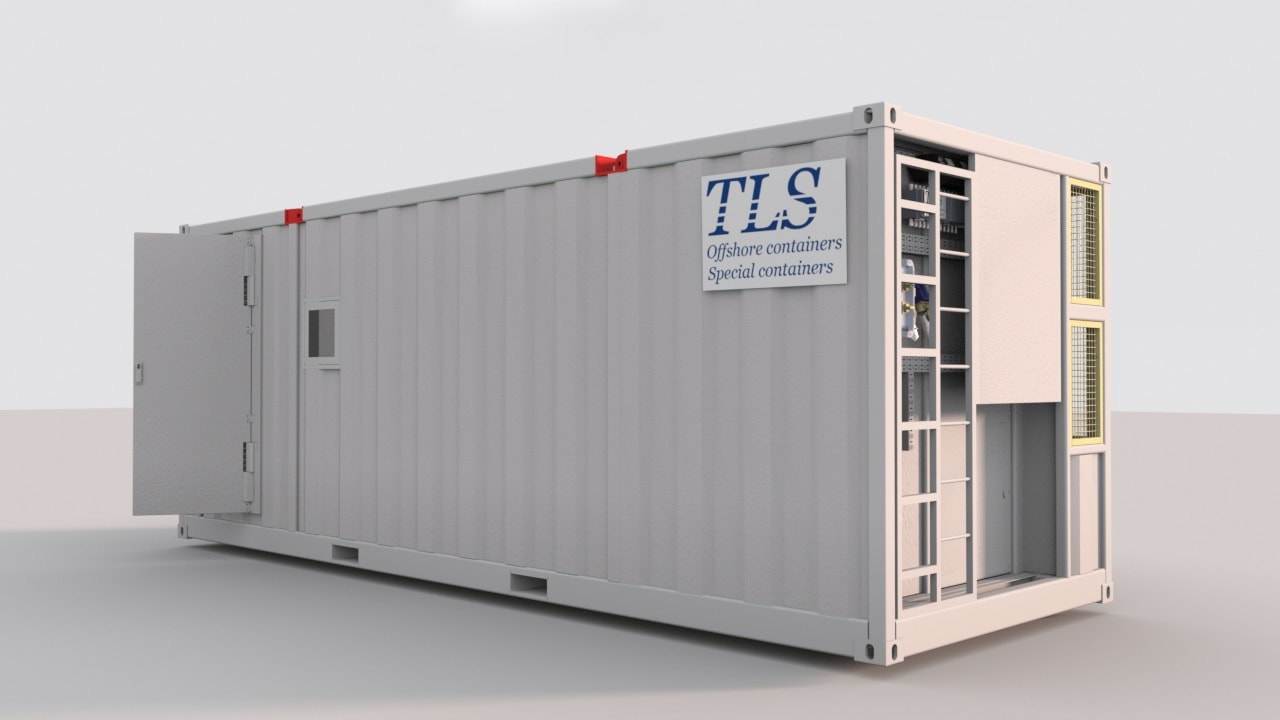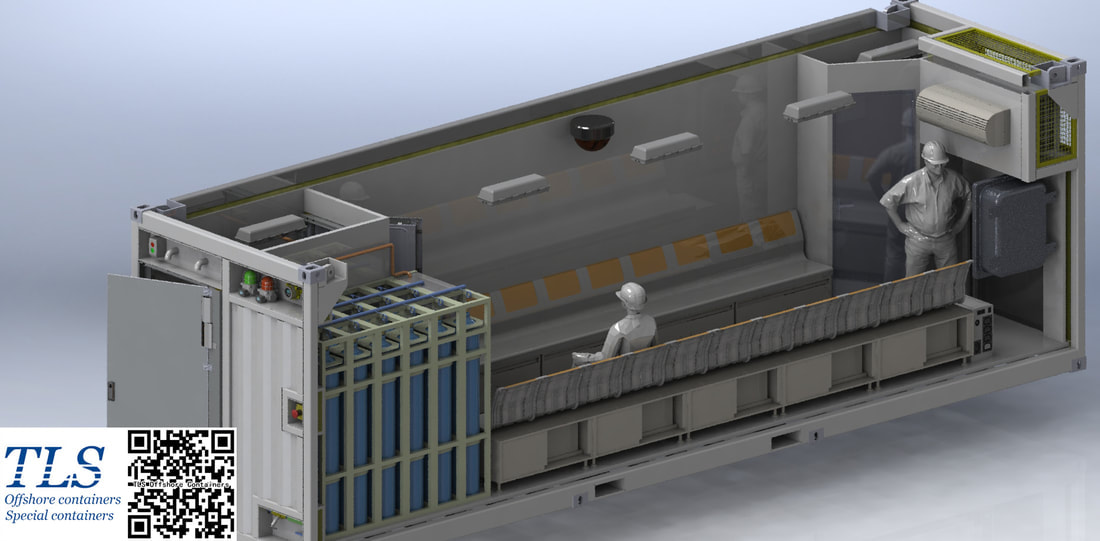|
What is Finite Element Analysis (FEA)? Finite Element Analysis (FEA) is a numerical method used to analyze the behavior of structures and materials under various loads and conditions. It is a computer-based simulation technique that breaks down a real-world object or structure into a large number of finite elements, each of which represents a small piece of the overall structure. FEA software is used to analyze the behavior of each element and how it is affected by the loads and conditions that are applied to the structure as a whole. The FEA process involves several steps:
What is blast resistant container? Blast resistant containers are designed to protect personnel and equipment from the effects of explosions and blasts. They are commonly used in the oil and gas industry, where they are placed around equipment and infrastructure to provide a barrier against explosions and blasts caused by gas leaks or other accidents. FEA can be used to analyze the behavior of blast resistant containers under various loads and conditions, including simulated blast loading. This can help engineers to understand how the container will behave in a real-world blast event and make any necessary design adjustments to improve its performance. The analysis can be used to determine the stresses, strains and deformation of the container under different loading scenarios, allowing designers to optimize the design of the container and make it more blast resistant. It can also be used to evaluate the performance of different materials and design options, such as the thickness of the walls and the use of reinforced corners. Using FEA in the design of blast resistant containers can help to ensure that they provide maximum protection for personnel and equipment, while also reducing the risk of injury or damage. What is the featured blast resistant container products of TLS? TLS Offshore Containers has developed a new type of blast resistant container that is not only suitable for offshore oil and gas operations, but also for temporary refugee housing and laboratory use. The temporary refugee pressurized container is specifically designed to provide a safe and secure living environment for refugees and other displaced individuals. It is equipped with advanced safety features such as blast-resistant walls, pressurization systems, and emergency shutdown systems. The container is also designed to be a fully functional laboratory, equipped with power and HVAC systems, as well as data communication networks and other necessary laboratory equipment. It can be used for a wide range of laboratory applications, from medical research to environmental testing. This container is manufactured and certified to the latest DNV 2.7-1, EN 12079 offshore container standards, ATEX, IEC 60079-13 and/or SOLAS standards, ensuring that it meets the highest industry standards and can withstand the harsh conditions of offshore operations. The use of FEA in the design of this container ensures that it can withstand the effects of blasts and explosions while providing a comfortable and functional living and working environment. Its ability to be used in multiple scenarios makes it a versatile option for emergency housing and laboratory use. Comments are closed.
|
Archives
July 2024
Categories
All
|
- Home
-
Containerised solutions
- Intelligent pressurised container | MUD logging cabin
- Battery energy storage system (BESS) container
- Flexible grid tied battery storage system
- Laboratory container | workshop container | Equipment containers
- Temporary refuge shelter | Toxic gas refuge | Safe haven
- Offshore accommodation cabin | office container
- Reefer container | Refrigerated container
- Intelligent waste water treatment container
- Fresh water generator container
- Cargo Containers
- Product photos & videos
- News & Blogs
- Contact us
|
Featured products
Intelligent pressurised container Temporary refuge (TR) shelter, toxic gas refuge (TGR) Battery energy storage system (BESS) container Containerised waste water treatment plant Fresh water generator container Reefer container Laboratory container, Workshop container Accommodation container Offshore closed container |
All Rights Reserved 2020 © TLS Offshore Containers / TLS Energy
|



